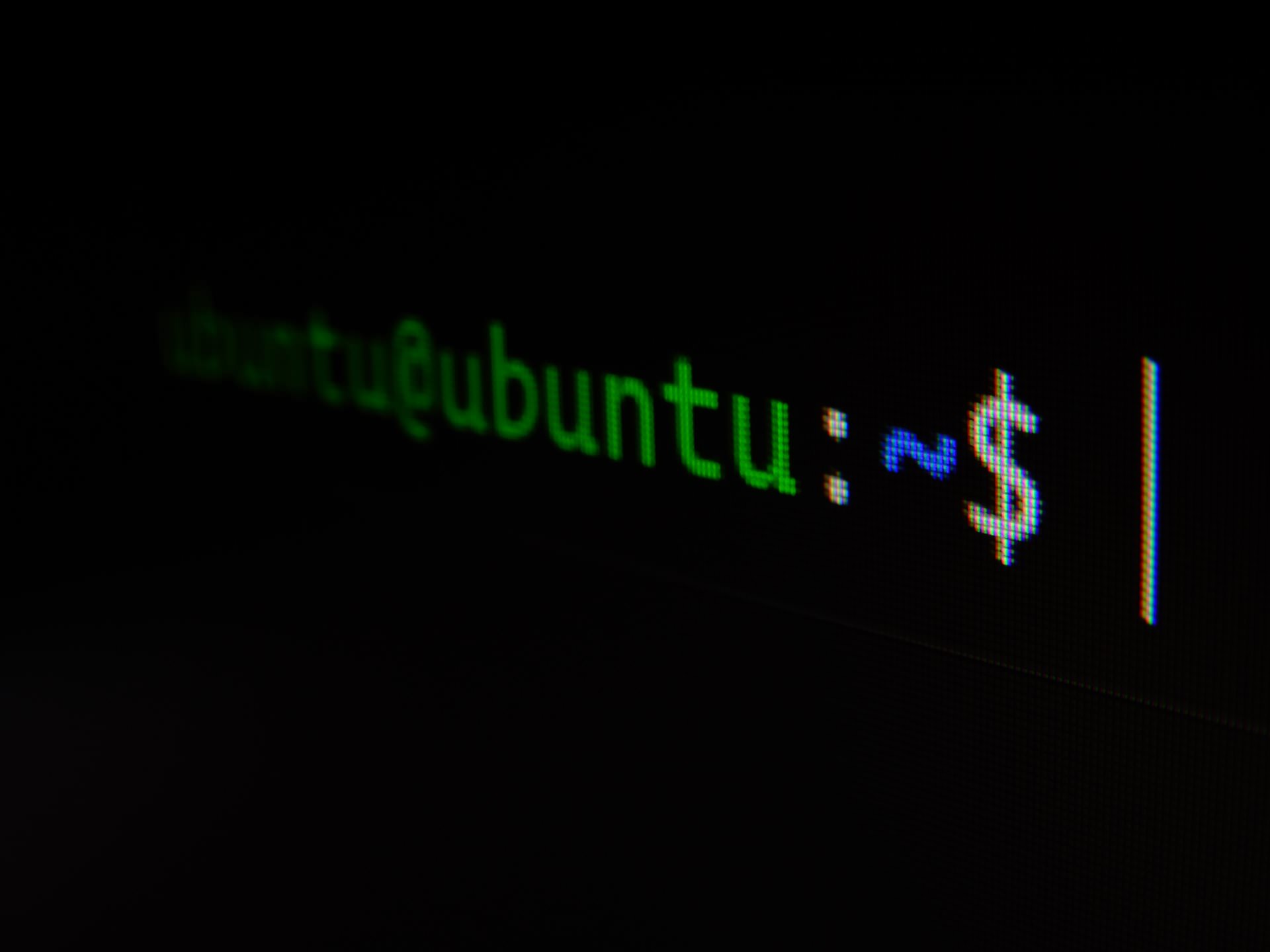spf13-vim : Steve Francia's Vim Distribution
spf13-vim is a distribution of vim plugins and resources for Vim, Gvim and MacVim. It is a good …
If you use *nix, no doubt you’ve spent some time on the command line. Here are a few of the most helpful tricks you can use in the bash shell to really optimize your time, impress your friends, and make everyone else feel inferior… not to mention become more productive. People familar with the command line can usually work considerably faster (for most tasks) than you can through a gui. So be brave, embrace the keyboard and master the bash shell.
Bash heavily uses two keys, Ctrl and Meta. You’ll easily find the Ctrl key on your keyboard, but the Meta, not so much (unless you’re on a Sun system).. It’s also different for Mac vs PC. Point is commonly called cursor.
All tips taken from the very large man file (man bash), with my additional commentary. Please reference that file for more information.
beginning-of-line (Ctrl-a) Move to the start of the current line.
end-of-line (Ctrl-e) Move to the end of the line.
forward-word (Meta-f) Move forward to the end of the next word. Words are composed of alphanumeric characters (letters and digits). This means that { / . _ } – are all word breaks, not just the usual space.
backward-word (Meta-b) Move back to the start of the current or previous word. Words are composed of alphanumeric characters (letters and digits), meaning
character-search (Ctrl-], Character) A character is read and point is moved to the next occurrence of that character. A negative count searches for previous occurrences.
character-search-backward (Meta-Ctrl-], Character) A character is read and point is moved to the previous occurrence of that character. A negative count searches for subsequent occurrences.
shell-expand-line (Meta-Ctrl-e) Expand the line as the shell does. This performs alias and history expansion as well as all of the shell word expansions. See HISTORY EXPANSION below for a description of history expansion.
insert literal (Ctrl-v, Character) Use this to insert a tab character or a Ctrl-v, Ctrl-q or other character.
upcase-word (Meta-u) Uppercase the current (or following) word. With a negative argument, uppercase the previous word, but do not move point.
lowcase-word (Meta-l) Lowercase the current (or following) word. With a negative argument, lowercase the previous word, but do not move point.
capitalize-word (Meta-c) Capitalize the current (or following) word. With a negative argument, capitalize the previous word, but do not move point.
transpose-words (Meta-t) Switch the word the point is on with the following one.
kill-line forward (Ctrl-k) Kill the text from point to the end of the line.
backward-kill-line (Ctrl-x, Rubout) Kill backward to the beginning of the line. Rubout is another name for backspace.
kill-word (Meta-d) Kill from point to the end of the current word, or if between words, to the end of the next word. Word boundaries are the same as those used by forward-word.
backward-kill-word (Meta-Rubout) Kill the word behind point. Word boundaries are the same as those used by backward-word. Rubout is another name for backspace.
unix-word-rubout (Ctrl-w) Kill the word behind point, using white space as a word boundary. The killed text is saved on the kill-ring.
complete (TAB) Attempt to perform completion on the text before point. Bash attempts completion treating the text as a variable (if the text begins with **$), username (if the text begins with **~), hostname (if the text begins with @), or command (including aliases and functions) in turn. If none of these produces a match, filename completion is attempted.
complete-filename (Meta-/) Attempt filename completion on the text before point.
complete-username (Meta-~) Attempt completion on the text before point, treating it as a username.
complete-variable**(Meta-$)** Attempt completion on the text before point, treating it as a shell variable.
complete-hostname (Meta-@) Attempt completion on the text before point, treating it as a hostname.
complete-command (Meta-!) Attempt completion on the text before point, treating it as a command name. Command completion attempts to match the text against aliases, reserved words, shell functions, shell builtins, and finally executable filenames, in that order.
dynamic-complete-history (Meta-TAB) Attempt completion on the text before point, comparing the text against lines from the history list for possible completion matches.
complete-into-braces (Meta-{) Perform filename completion and insert the list of possible completions enclosed within braces so the list is available to the shell. Remember that “{” is shift “[".
reverse-incremental-search (Ctrl-r) Press Ctrl-r and start typing, bash will search through your history for a match. Press ctrl-g to abort and restore original line.
cp /a/path/to/files/{this,that,some_other,more} here
clear-screen (Ctrl-l) Clear the screen leaving the current line at the top of the screen. With an argument, refresh the current line without clearing the screen.
Readline has variables that can be used to further customize its behavior. A variable may be set in the inputrc file with a statement of the form, defaults in parentesis
set variable-name value
editing-mode (emacs)
Controls whether readline begins with a set of key bindings similar to emacs or vi. editing-mode can be set to either emacs or vi.
keymap (emacs)
Set the current readline keymap. The set of valid keymap names is emacs, emacs-standard, emacs-meta, emacs-ctlx, vi, vi-command, and vi-insert. vi is equivalent to vi-command; emacs is equivalent to emacs-standard. The default value is emacs; the value of editing-mode also affects the default keymap.
show-all-if-ambiguous (Off)
This alters the default behavior of the completion functions. If set to on, words which have more than one possible completion cause the matches to be listed immediately instead of ringing the bell.
